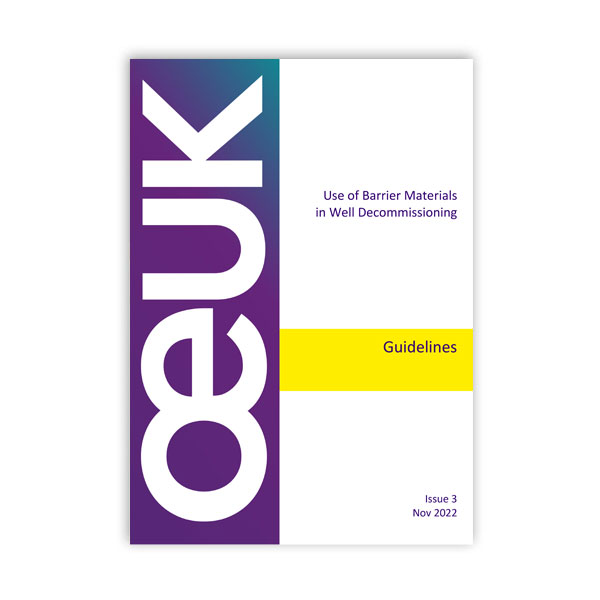As part of the process of sampling compliance by duty holders with legal requirements and their own accepted offshore installation safety cases, the Health & Safety Executive (HSE) has a responsibility to evaluate how duty holders assure themselves that the evacuation times stated in their Emergency Response Plan (ERP) are realistic and achievable in practice. Installation operators, the onboard workforce and wider relevant stakeholders, including the public are entitled to reasonable confidence that the ERP accurately reflects the time needed to ensure, so far as is reasonably practicable, the safe and successful evacuation of all persons should this be necessary in an emergency. In the event of a major fire and explosion incident or helideck unavailability owing to listing or structural failure, it is unlikely it will be possible to evacuate all personnel by helicopter promptly, particularly where installations have large numbers on board that are more distant from helicopter bases.
The Offshore Installations (Prevention of Fire and Explosion, and Emergency Response) Regulations 1995 (PFEER) allows for this in Regulation 15 Approved Code of Practice (ACoP) paragraph 205, which requires duty holders to have an alternative means of evacuation when the normal means of getting people to and from the installation could not operate because of “c) insufficient capacity to evacuate everyone in the time available”. The usual alternative means of evacuation is a totally enclosed motor-propelled survival craft (TEMPSC), which means the safety and reliability of this system is vital.
This publication can be downloaded free of charge.
Share this publication







